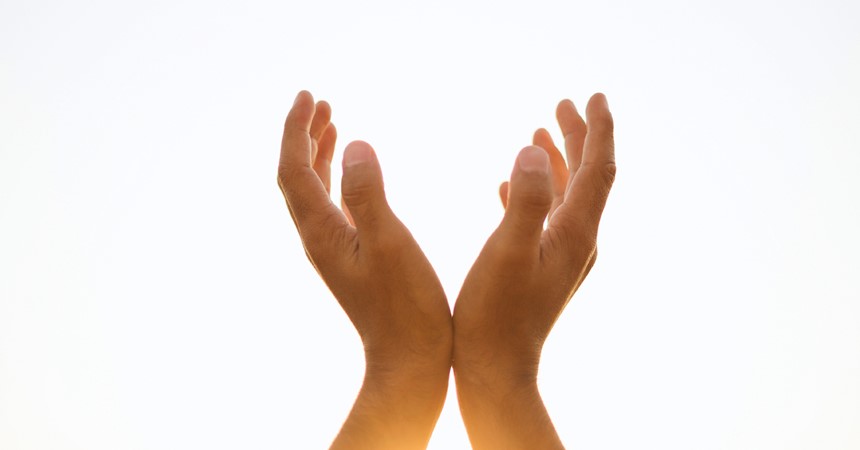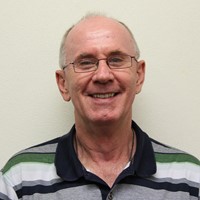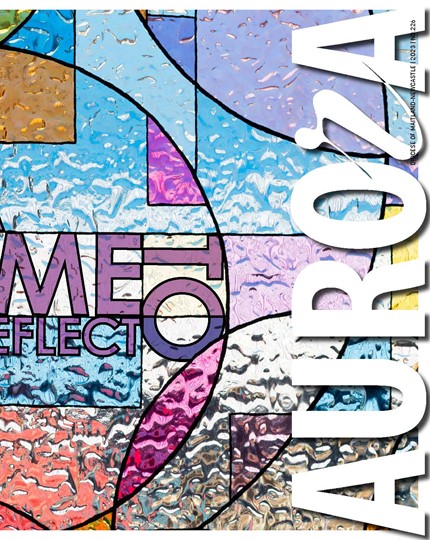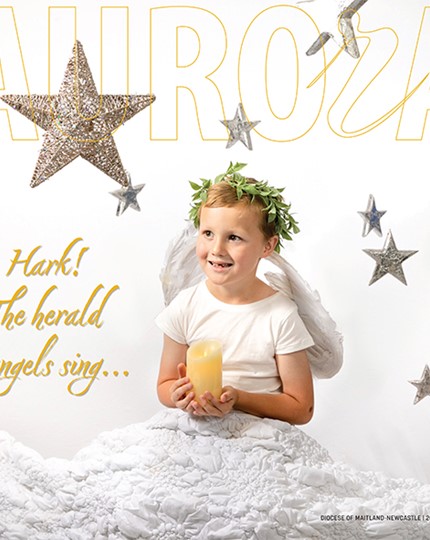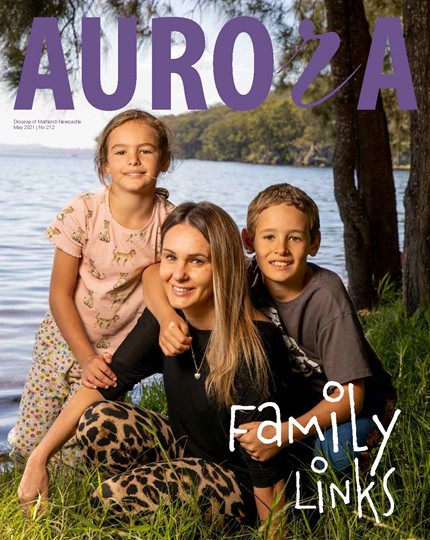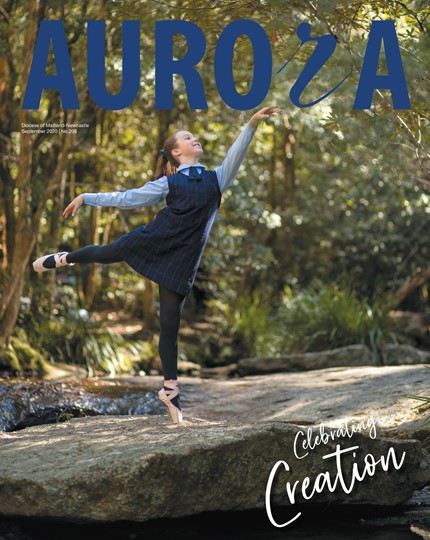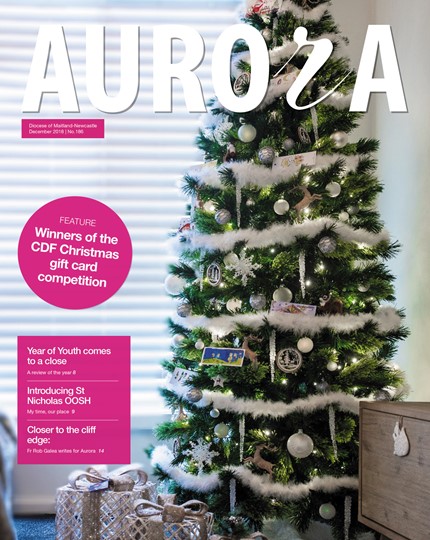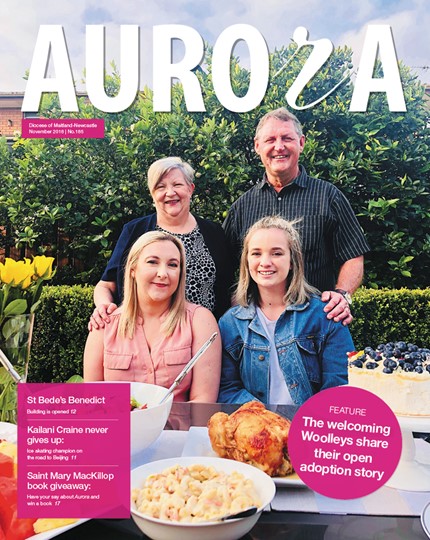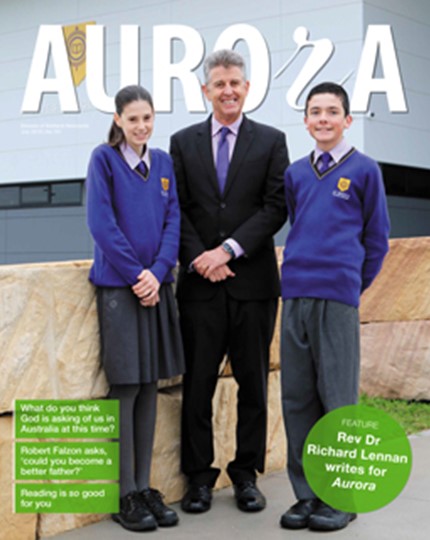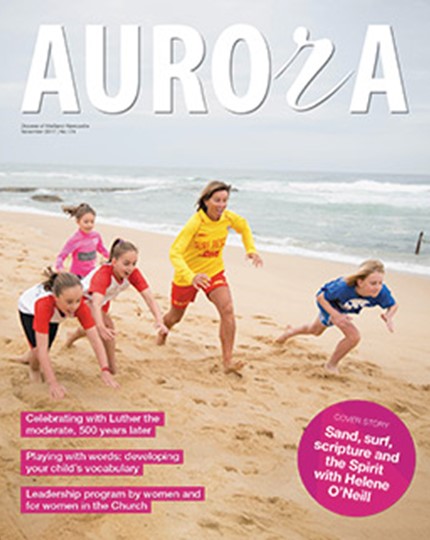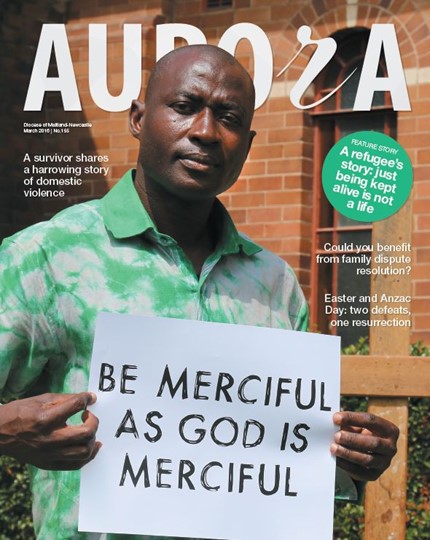Growing up, I recall being told the Church is so widespread that Mass is being celebrated somewhere in the world at all times.
There is another aspect to ‘catholic’, and one which, when neglected, has given way to imbalance and polarisation. ‘Catholic’ is from the Greek kata holos, literally meaning “according to the whole”. Words that approximate this are “holistic”, “complete”, “all-embracing”, “integrated”.
This meaning pertains to the interiority of the Church, to the relationships that bind all her teachings and all her practices in harmony and unity. It means that all elements fi t in and hold together without any one part contradicting or working against any other.
This is, of course, the ideal Church on the theoretical level, the Church in theological-speak. We experience the Church less perfectly because we are flawed humans in a Church of flawed humans.
Yet, there is something real and wonderful about the wholeness of such variegated aspects (and people) integrated in Christ.
The “facts” the Church teaches are not a mishmash of diverse, stand-alone doctrines. They are a unified whole within an organic structure that exhibits consistency and harmony. There is rational, relational connection between what she teaches about God, Jesus, humanity, creation, salvation, eternity and all things.
Church teaching concerning ‘the facts’ of our religion then blends seamlessly into the response and behaviours which they invite from those who embrace them as true. These are the “dos and don’ts”. Catholic moral action flows from her teachings and beliefs.
The perfect example of catholicity is Jesus. What Jesus did was beautifully of one piece with what he taught. It should be so with us. Love is the response of those who know God is love.
Pope Francis’ recent encyclical Laudato Si’ – On Care for our Common Home − is an illustration of strands of Catholic teaching woven into a whole, with the emerging moral response clearly presenting itself. The goodness of creation requires humankind’s response of loving care. Sometimes there is an un-catholic one-sidedness, rather than balance. Observing ‘conservative’ and ‘liberal’ factions in the Church, one can wonder if we are truly one. An issue distinguishing the two could be found in the question “Is upholding truth more important than showing mercy?” The impression is that conservatives would lean towards ‘yes’, liberals, ‘no’.
Catholicism would have us recognise truth and mercy as equally, supremely, important – and then challenge us to unite them pastorally. This has been Pope Francis’ quest and call with the Synod on the Family. It is in no way easy. But it is the Catholic way.
The Church has done it before. She struggled for centuries to reconcile Christ’s divinity and humanity – Jesus is true God and true man. She struggled longer against the dictum, “error has no rights” to recognise that people in error certainly do. While not embracing erroneous beliefs and behaviours, we embrace, respect and love persons who do. As Christ did.
Many aspects of Catholic life and teaching challenge us to marry seeming opposites and contradictions into unity, to avoid the ‘either/ or’ temptation and find the ‘both/and’ solution. Catholic harmony integrates the head and the heart, the body and the spirit, the law and one’s conscience – and so on.
Harmonisation is always the catholic endeavour. Faith and science, faith and culture, faith and reason are perfectly compatible when each subjects itself to truth and goodness.
A fine illustration of catholicity is the householder in Matthew’s Gospel (13:52) who has gathered, stored, and brings out old and new treasures for the family. Categories such as old and new are immaterial. Their true good for the family is what matters.
A current beacon of catholicity is Pope Francis. His teaching and example embrace goodness and truth wherever encountered. He doesn’t seem to know the divisiveness of left and right. A dynamic balance within extremes is his territory.
Is the Pope a Catholic? He certainly is. And, perhaps just as importantly, he is catholic.
